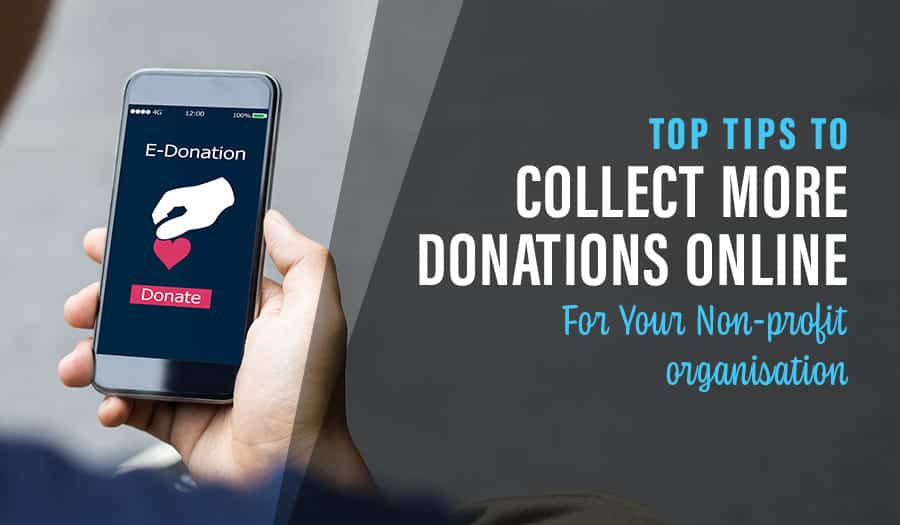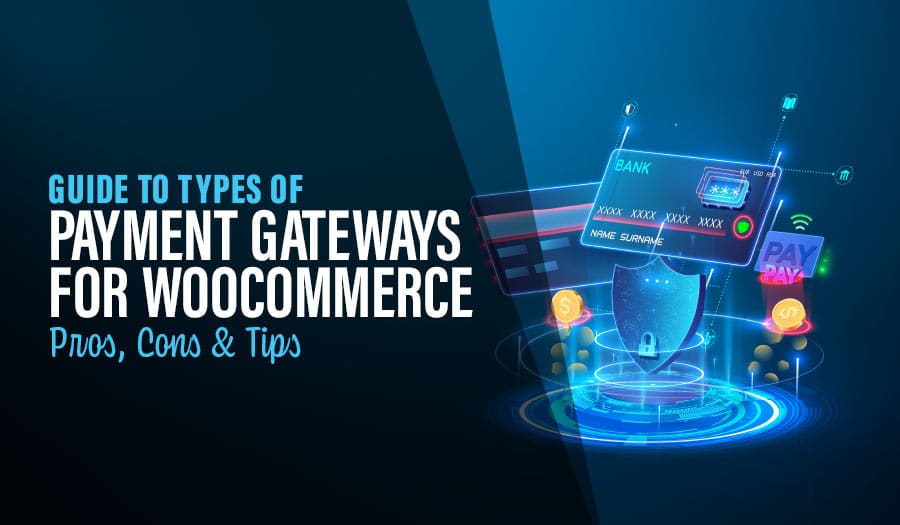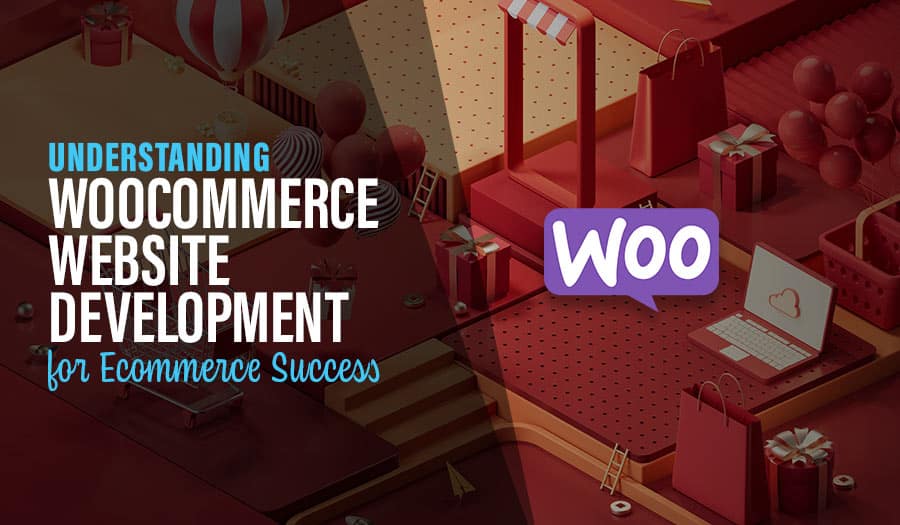As a nonprofit organisation, you need to maximise every available opportunity to collect donations. This means utilising every open platform to attract as many donors as possible. One such resourceful platform is your website. Since it’s something you update consistently, it’s only logical that you should use it to collect donations for your nonprofit projects. Here are 10 Top Tips to Collect More Donations Online For Your Non-profit.
Again, your website has instant payment options, which makes it easy to accept quick donations. And you can collect as much as possible without having to spend money on fundraising parties, make frequent follow-up phone calls or shmooze with donors. This makes website donations more convenient and cost-effective.
But to achieve this, you need to ensure your website is appropriately designed and optimised to provide maximum fundraising performance. Creating a resourceful website will generate a considerable amount of donations, especially on autopilot. This article outlines some practical strategies for collecting donations from your website.
Top Tips to Collect More Donations Online For Your Non-profit
10 Top Tips to Collect More Donations Online For Your Non-profit
- Collect More Donations Online by Creating A Professional Website
- Make The Donation Page Easily Accessible
- Sell Products On Your Site
- Acknowledge Your Top Donors
- Create Donor Segmentation In Landing Pages
- Provide Multiple Payment Options
- Take Advantage Of Social Media
- Maintain Transparency
- Show Appreciation
- Finally, Optimize
1. Collect More Donations Online by Creating A Professional Website
You probably think spending money on your specific cause is better for utilising donor funds than creating a professional or fancy website. But this is not always the case. The donors you’re attempting to woo want to visit a professionally designed website.
And this helps create the impression that you’re not so badly off and you’re doing a great job already; you just need extra support. You see, a professional website creates the impression that you have money and you’re putting it to good use. This may be an ironic show of social proof, but it’s what people want, and it works all the time.
And it’s not only potential donors who get attracted by the sign of wealth. If you look at some standard charity websites, you’ll see how they incorporate high-quality photos within a professional website to collect donations. That kind of photography and web design costs good money and brings even more in return.
This doesn’t mean you have to spend thousands of dollars for web design to have a fancy website. You can utilise an available platform like WordPress, apply a catchy theme and use the right combination of plug-ins, and you’re good to go. You can do this yourself or enlist the services of a web designer who will do it for you at a reasonable price.
2. Make The Donation Page Easily Accessible
Once you’ve done the basics and set your website on the right path to collecting donations, don’t frustrate your potential donors by not making the donation page accessible. No one wants to keep moving from one page to another, looking for the donation page. Make the donation button easy to find on your website page to ensure quick transactions. Once the donors have decided to leave their donation, they want to do it quickly and log out. Ensure the donation button is always within reach in each page’s header, where it’s hard to miss.
Additionally, the donation button should have a functioning link that takes the donor directly to the donation form with a single click. Any other steps into the donation process can make them change their mind.
3. Sell Products On Your Site
Selling products on your website doesn’t translate into donations. After all, the buyer also gets something out of it. But it’s an excellent way to raise brand awareness and raise money for your cause. People will be willing to pay more for a given product if they know the proceeds will go toward achieving a worthy cause. And people also tend to boast about their philanthropy. They want others to know how charitable and generous they are. A free t-shirt or similar gifts is one way of satisfying their pride.
The good news is, selling products on your website is a simple process. You can do it using two methods. You can purchase the products and work with an ecommerce tool such as Shopify to have people take orders directly from your site. From there, have someone else fulfil the products. Next, use a print vendor to facilitate the shipping process when customers make orders.
As to what you should sell, this will depend on your particular cause and target donors. It’s always advisable to sell products that people are likely to use for a long time. Ensure every product has your logo.
4. Acknowledge Your Top Donors
People like to be noticed, recognised, or acknowledged. They prefer to donate in exchange for recognition or celebrity status. This is why you are likely to see donors’ names on hospital or museum plaques. You can offer to have their names on plaques at your office or institution. However, since your goal is to collect donations from your website, recognise your top donors by featuring their characters on your website.
Create a separate page specifically for the top donors and share their names, photos, and stories. You can also write blog posts highlighting the generous acts of charity your donors have demonstrated. If possible, record short videos of your donors telling their stories. Finally, as social proof, include donor testimonials on your landing and donation pages. By recognising your top donors, you make them feel appreciated and encourage others to make their donations.
5. Create Donor Segmentation In Landing Pages
Segmentation is a crucial aspect of online marketing. Segmentation entails dividing your audience into different groups based on several factors like age, location or financial status for each group. For example, some people would want to donate a minimum of $500. But when they come to the donation page, they find the maximum amount they can contribute is $200. They’ll hit the $200 donation button and move on despite having more to give.
In this case, you need to create different segments for your donors so you don’t miss out on more significant donations by limiting everyone to a specific amount. Therefore, consider making different segments for different types of donors with varying amounts of $200, $500, and $1,000. The donor can then choose to hit the button that fits their donor amount, or they can go higher if they wish. The goal is to collect as many donations as possible from your website.
6. Provide Multiple Payment Options
There’s no shortage of payment options you can include on your website to collect donations. Some people love PayPal. Others find Google Pay or Amazon more convenient. Offers swear by Wise while others would rather use their credit cards. If you want to make the most conversions, you must offer multiple payment options. This not only makes your organisation more accessible but also helps simplify transactions.
7. Take Advantage Of Social Media
Most social media platforms have begun to adopt buttons specifically for donations. For example, Facebook introduced the Facebook Donate button. This is a significant advantage for nonprofits that want to leverage the power of social media, which means more exposure.
Other platforms include Twitter, Instagram, and Pinterest, which allow you to share your story with the world and intensify your marketing campaign. As your organisation gains more exposure and awareness, you’ll be able to collect a considerable amount of donations consistently. Here are a few basic steps to leverage social media for exposure:
- Incorporate social sharing buttons on your nonprofit website, emails, blog, and content.
- Request supporters to connect with your campaign and spread the word to their networks
- Post shareable content and messages across multiple platforms.
- Include these social buttons on all your website pages
8. Maintain Transparency
Many donors value transparency. They want to know how you’ll use their money. For most donors, this is the deal-breaker when it comes to giving donations. They won’t be ready to part with their money if they are sceptical about how you spend donor funds. They’ll assume you’ll misappropriate the funds.
That’s why when it comes to collecting donations on your website, transparency is vital. Explain how you distribute finances to cater for fundraising, administrative duties, and the cause itself. If possible, break down the costs and give honest estimates.
9. Show Appreciation
One of the most fundamental steps a non-profit can take to retain a donor is to show appreciation. We already highlighted featuring them on your website. But you can still go a long way to show how much you value their contributions. Since the goal is to collect donations online, the best way to thank these virtual donors is by sending personalised emails and phone calls to acknowledge their generosity.
Some choose to donate anonymously, so you’ll have to work with what you believe they’ll be comfortable with. You can even send them shout-outs on social media. The more you acknowledge their efforts, the more they’ll be willing to walk with you for a long time.
According to research attracting a new donor or customer is usually five times more expensive than retaining existing ones. So you want to do whatever is possible to retain a donor, even if it means reaching out to them personally.
10. Finally, Optimize
The best and last tip we recommend when collecting donations from your website is to conduct trial runs on different website pages to ensure excellent performance. Make the appropriate adjustments to test every performance and progress. For your experiments, we recommend that you use an A/B testing approach. Every new tweak you make maximises your chances of collecting donations from your website. Contact us if you have questions.
Take your online store business to the next level with a Pixel Fish Ecommerce Website.
Check out some of our latest Ecommerce Website Design projects.
Further Information
Pixel Fish Hosting, Support & Maintenance
Is your WordPress Hacked? Here are 5 Potential Reasons
17 awesome WooCommerce website extensions
What are Landing Pages and how do they Work?
Top 10 Installing WordPress Plugins Best Practices
10 Point Business Web Design Checklist for a Perfect Business Website



